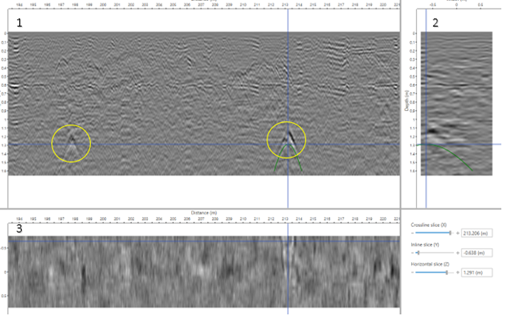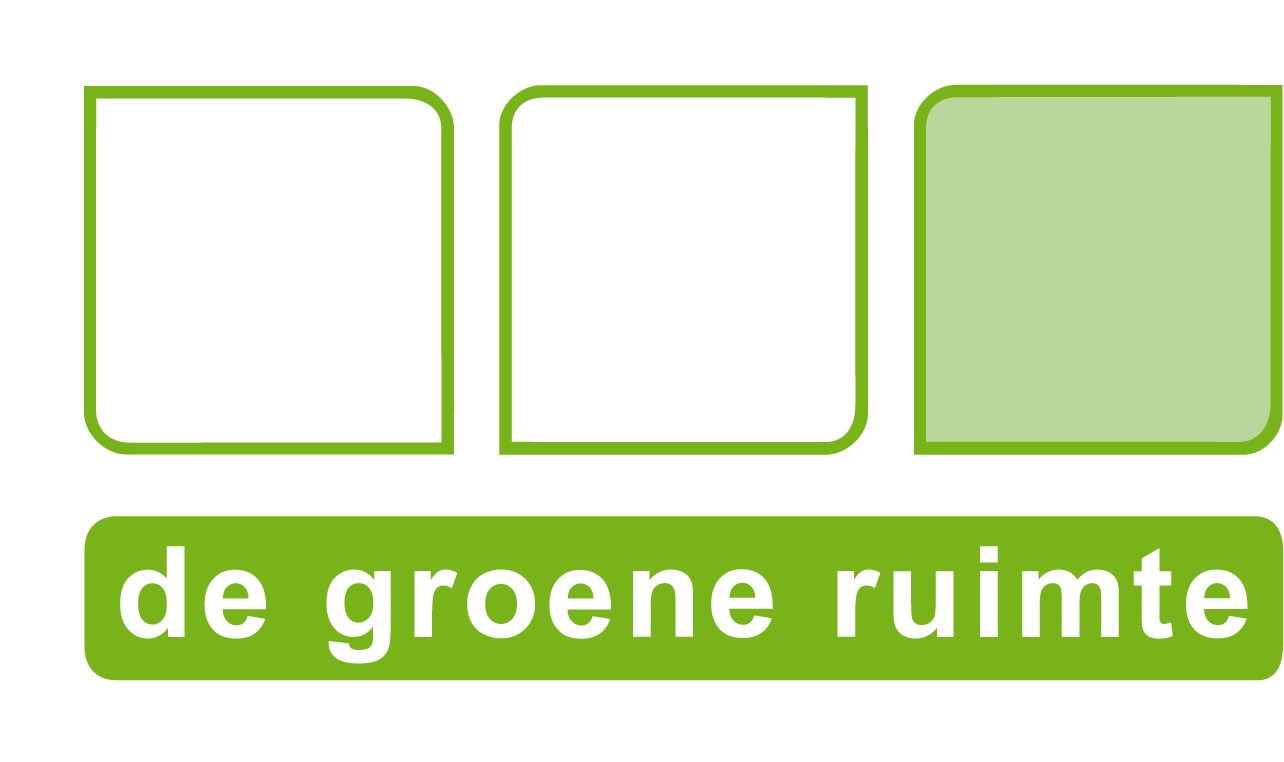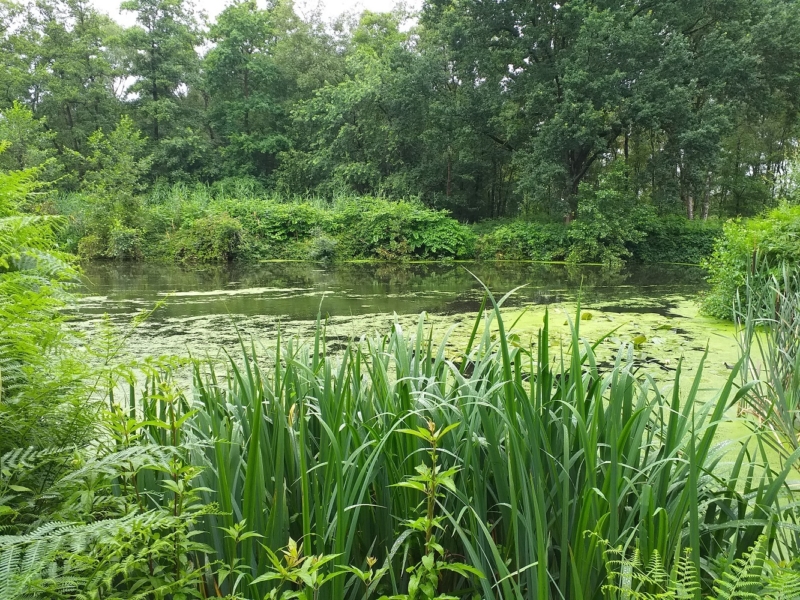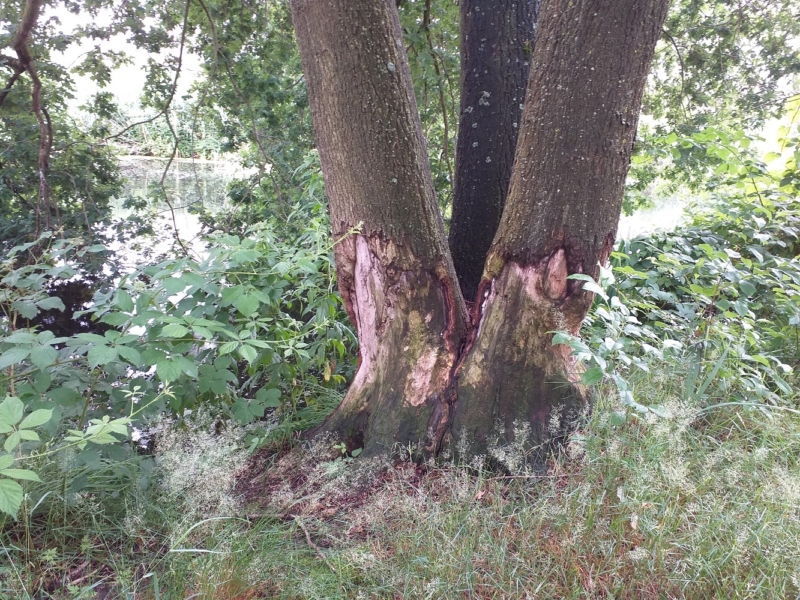Detection of Beaver Tunnels along the Deurne Canal
Beavers are excellent tunnelers and found in found in increasingly larger numbers in the Netherlands. Beaver tunnels (hollow spaces) can pose an acute risk for subsidence at the location of polder paths and dikes, and can cause leakage. In connection with planned maintenance work along the Deurne canal, the existing cavities have been mapped with the 3D ground radar.
The Deurne canal is approximately 15 km long. The Brabant part, with a length of approximately 10 km on both sides of the canal, was scanned (where possible) with a 3D groundradar attached to an electric slope vehicle (Ziesel).
The radar images showed various disturbances and hollow spaces within the study area. At the location of these (presumably) hollow spaces, subsidence can occur, resulting in a risk of subsidence of the soil. In case of subsidence, large (unconsolidated) material can sink and dangerous situations arise.
An example of a radar scan (length profile 1, width profile 2 and top view 3) is shown in the figure below. The radar image shows two possible trenches (hollow spaces) (yellow circles).

The ground radar is an excellent tool for mapping hollow spaces. In this case, beaver tunnels. An additional advantage of a ground radar survey is the large amount of supplementary information that can be gained. Such as detection of: areas requiring maintenance, cracks, drainage, cables, pipes, culverts and other objects. A number of bunkers were also detected along the canal.




